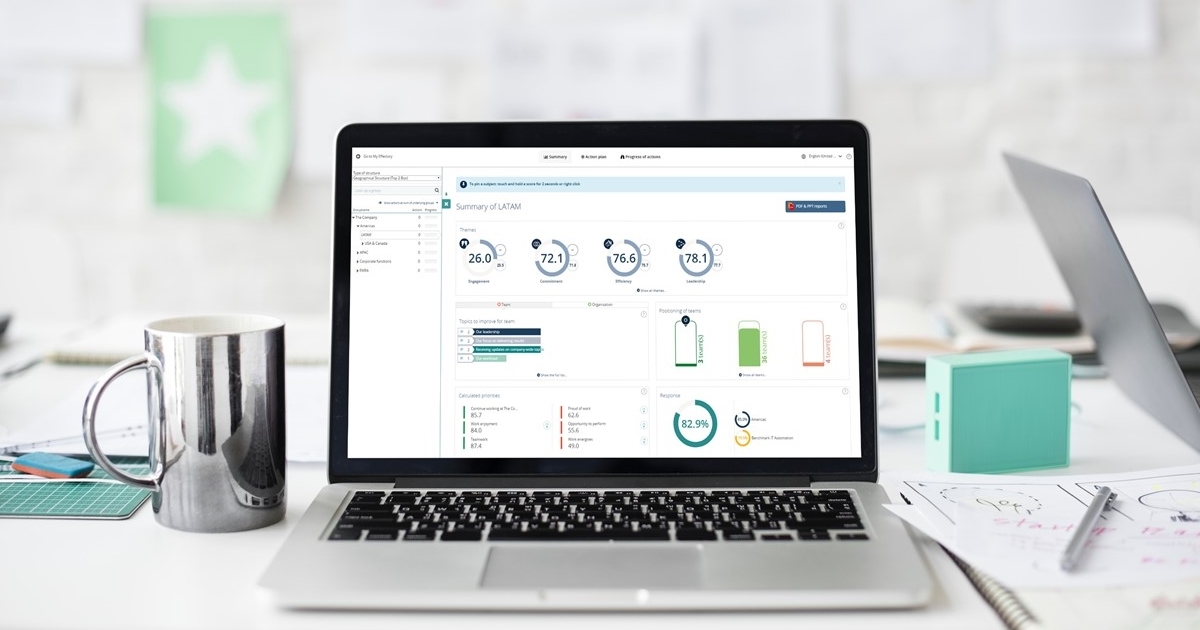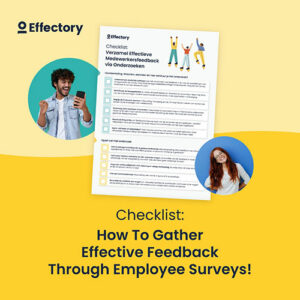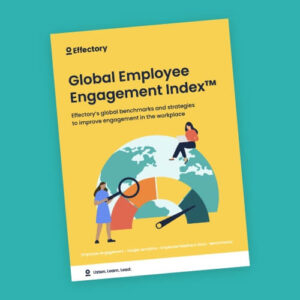HR analytics is quickly becoming a powerful tool for CHROs survey data analysis to make an impact on strategic decisions and business outcomes. Once your employee survey results are in, it’s time to ensure that your survey analysis obtain’s an intelligent, business-oriented interpretation of the data. You’ll need to decide whether or not to use benchmarking for tracking progress and understand how to use results to drive change and improvement.

- X
-
Intelligent survey data analysis with HR analytics
Having reliable data to inform strategic workforce decisions means understanding the relationship between your survey results and the underlying issues impacting your organization. HR needs to be more data-driven in their survey analysis, not merely relying on descriptive analytics but rather focusing on predictive analytics. Thus, survey data analysis with HR analytics should connect your survey data to actionable results that will lead to better business decisions as well as more engaged employees who are equipped with the right tools to improve.
How will you structure your results? Are you looking for insight at organizational, team and individual levels?
Step #1: Preparing your employee survey (part 1)
If you’re designing your own employee engagement survey, keep in mind that the most useful results are those that are tailored and personalized for each team and every employee. Professional surveys tend often greater insight at this stage. Effectory’s reports are based on years of scientific research include best practices, guidance tips and ideas for improvement to ensure that employees feel that being able to make improvements and contribute to the organization is within their control.
Your survey analysis results should give you a concrete list of what’s working and what’s not working across your organization, rather than vague complaints. Structure your data to reveal:
- The successes
- The areas in need of improvements
Celebrating progress and achievements is as important as addressing underlying issues.
How to gather feedback from your employees
The definitive checklist for creating your employee engagement survey.
DownloadBenchmarking
Benchmarking, if done correctly, can be used to measure progress and facilitate further improvements. There are two types of benchmarking that you may want to consider for your survey data analysis: internal benchmarks, in which you compare results of your current survey with those of previous surveys, and external benchmarking, in which you put your results in perspective against a reliable global index.
Benefits of internal benchmarking include:
- Consistent comparisons that reveal trends and priorities within your organization
- Comparisons between teams or across departments to encourage a culture of continuous improvement
In addition to the above, benefits of Effectory’s independent benchmark include:
- Independent and consistent data
- Adjusted for cultural differences
- Comparisons across all regions and specified for 56 major economies
- Detailed assessment of all relevant HR themes (engagement, leadership, etc.)
If you choose to focus on internal benchmarking, ensure that you define your benchmarking metrics scientifically to avoid misleading or biased results. Relying only on internal benchmarks can be limiting if you’re looking for fresh ideas to improve employee engagement, or insightful ways to grow your business and strengthen customer satisfaction.
Many high-performing organizations evaluate the effectiveness of their employee engagement strategies against that of their leading competitors, or other innovative organizations across different industries.
Global Employee Engagement Index™
Discover the Global Employee Engagement Index™ 2025 for key insights on driving employee engagement, improving performance, and enhancing team dynamics.
DownloadMuch time can be wasted with employee survey analysis by drawing hasty, incomplete conclusions. For example, it is common for a theme like remuneration to gets a low overall score. No one wants low scores, so you may come to the conclusion that you should act upon it. This however is not always wise.
A good benchmark can inform you where your organisations stands in comparison to others. In this example, an independent benchmark could inform you that despite your low score, your organisation scores better than many comparable organisations. Such survey data analysis insights can really help you decide where to take action, and further help ensure that you do not devote unnecessary time and money to an area where it is not needed
Step #2: Communicating your employee survey
Survey data analysis to set priorities
What do your employees consider important and in which areas do your teams, or your organization score (relatively) low? A statistical program is a useful tool in this prioritisation. It enables you to measure the effect of each factor on various HR themes. In this way you obtain in your suvery analysis a list of priorities showing which aspects employees are proud of and which ones call for improvement.
Step #3: Implementing your employee survey.
You can see at a glance where the priorities lie and which points have a direct impact on the way your employees perceive their work. Furthermore, it immediately becomes clear which elements make you stand out as an employer in the labour market.
Identify trends
Compare your current scores with those from the previous survey and to your competitors if using an external benchmark in order to follow trends in the survey analysis results. This will provide insight into the effectiveness of the improvement measures you have taken. Once again, communicate this clearly to your entire organization. Make sure your employees can see the impact of the survey results in action!
Keep an eye out for the next article in this series on action planning and the follow up process. Subscribe to our newsletter if you’d like to get the latest HR insight delivered to your email.
Read more
Read the whole series on how to create engaging employee surveys:
- Step #1: Preparing your employee engagement survey (part 1)
- Step #1: Preparing your employee engagement survey (part 2)
- Step #2: Communicating your employee engagement survey
- Step #3: Implement your employee engagement survey with impact
- Step #4: Analysing your employee engagement survey
- Step #5: Taking action!
Book a free demo. See our solutions in action.
Effectory is Europe’s Leading provider of Employee Listening Solutions. Schedule a product demo and discover how to enhance your employees’ engagement.
Demo requestAuthor
Bronwyn Wainwright
LinkedIn


